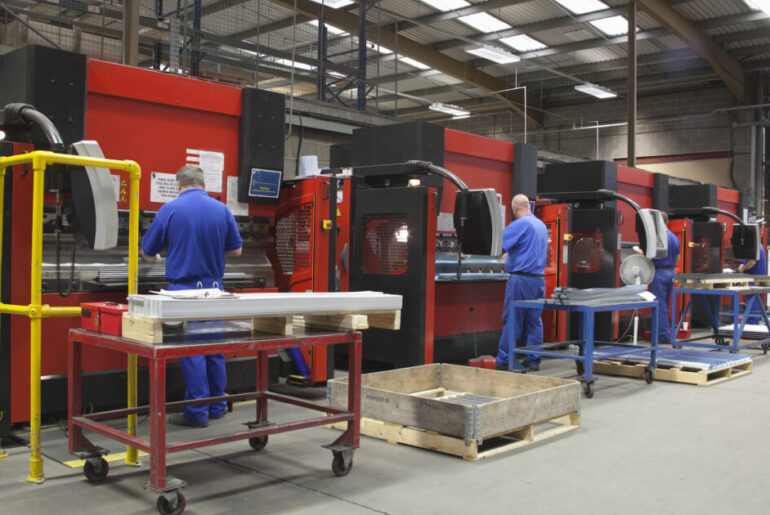(Originally posted on Feb 15, 2022 on the Drishti blog)
Recently, we hosted a webinar on operationalizing data for Industry 4.0 with Jim Little, vice president with Simpler Consulting, an IBM company; Alex Bredemus, partner, Deloitte Consulting; and our own founder, Prasad Akella.
In Part 1 of our recap, we touched on organizations needing the courage to think outside the status quo and dream big. We want organizations to consider what they could be if they existed in their ideal state. We also touched on the fact that organizations need to build up their core competencies for basic problem solving in order to utilize all that Industry 4.0 tools have to offer fully.
In Part 2 of the recap, we talked about alleviating Data Rich, Information Poor (DRIP) environments – and how having more information does not necessarily solve the problem. We also touched on tips for getting leadership buy-in when it comes to implementing solutions.
In this final installment, we’ll discuss the importance of problem definition and the path to getting to lean maturity.
It’s all about reaction
Effective manufacturing leadership is about managing expectations and dealing with changes while maintaining consistency in production – this is true up and down the chain of command.
Organizations put lean systems in place, including preventative maintenance, shop floor management, KPIs and proper work instruction standardization, among others. While all of these tools are valuable, they are by their very nature reactive, as is every system. There is no crystal ball that can tell when things will fail in any given system. The tools of Industry 4.0 will allow organizations to take the time to solve the correct problem while simultaneously reducing the overall reaction time.
Under the current status quo, even the most mature systems fall prey to the pressures of the day — the need to react to an apparent problem (not the actual, underlying root cause) may result in pulling the trigger on the wrong solution.
Jim Little states that leaders need to take the time to define the actual problem rather than just jumping in with a solution. He says we need to be clear about defining the problem as the desire to solve any problem (or just the problem of the day) becomes attractive in the absence of insight. Once deciding which problem to solve on a production line, the organization has committed to something labor intensive and potentially fruitless if misaimed.
Even a lean plant utilizing the best Industry 4.0 tools could fall prey to this trap. Jim reminds us that even with 100,000 rich data points, one can infer many potential solutions for a plant that has 73 stations, but the solutions you should be concerned with are likely only about three of the stations — the ones that have the real problem.
Even if you manage to solve the correct problem, or even a tangential one, it may be a temporary reprieve if it isn’t solved systematically with the knowledge being stored and shared accordingly. Alex mentioned that far too often, we’re solving the same problems year after year and emphasized that organizations need to think about how they embed knowledge in their systems. If a problem recurs, it either means that the actual problem has not been solved or the organization has codified the solution ineffectively. As I stated in the webinar, “The tools to think the process through exist, the discipline might not.” Oftentimes even with the use of the best tool and a good solution, if an organization does not fully follow through the same problem will show up again.
The path to maturity
I had one last thought during the webinar that I want to share before leaving this blog series:
Everyone wants to be a Toyota, but there is a long journey to becoming one.
Industry 4.0 provides tools that will drastically improve and reshape human productivity. But the best tools and data are nothing if the organization cannot support their proper use. A tool is merely an extension of the systems and people utilizing it.
The underlying core competencies and discipline need to be there to succeed fully. An organization must have the patience and vision to focus on where they want to be in the future, and not succumb to short term pressures. If an organization can maintain these as truths, it will find great success in the use of Industry 4.0 tools as it will have the proper means to operationalize its data effectively.
The best way to catch all the details from the conversation is to watch the full webinar here.










